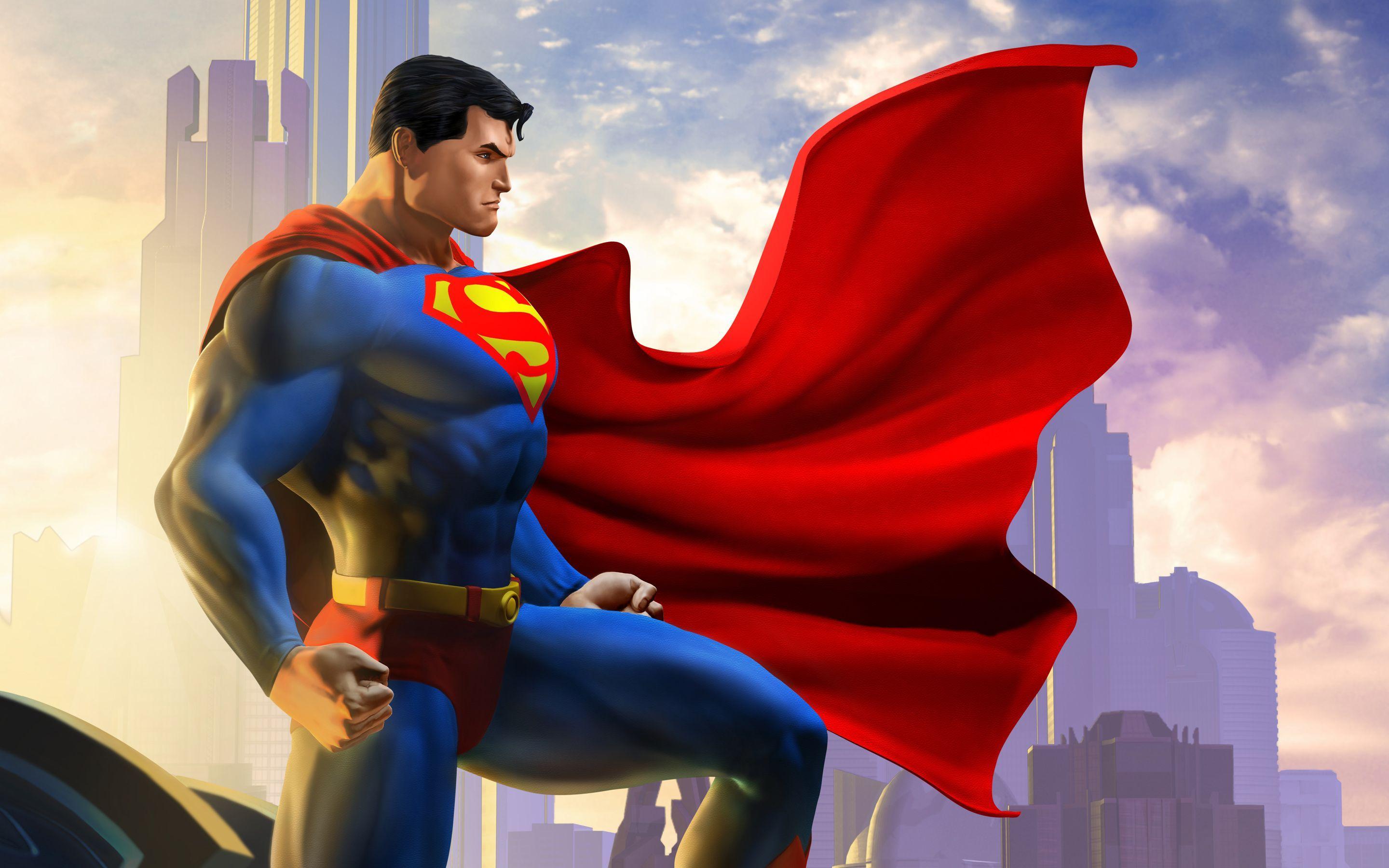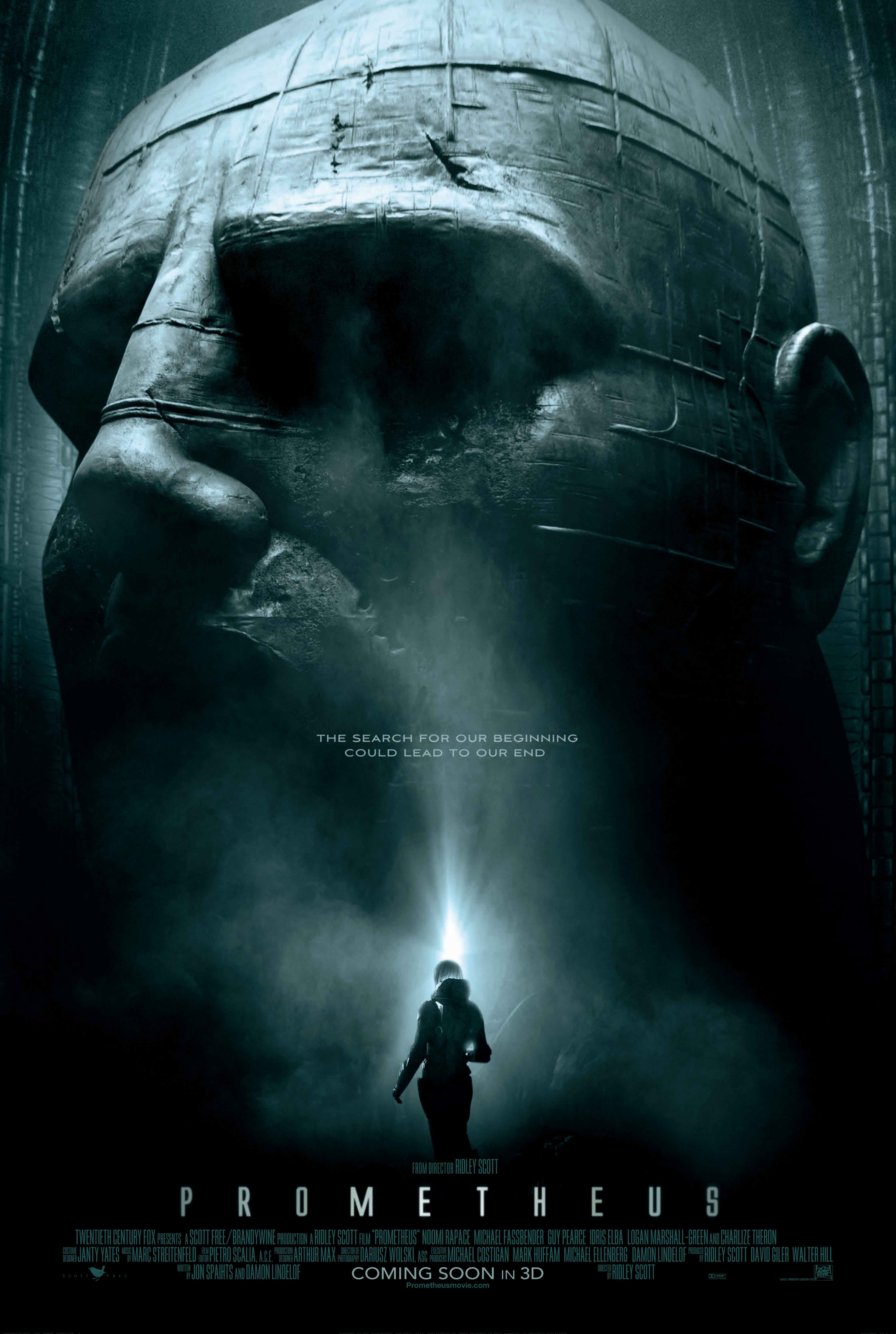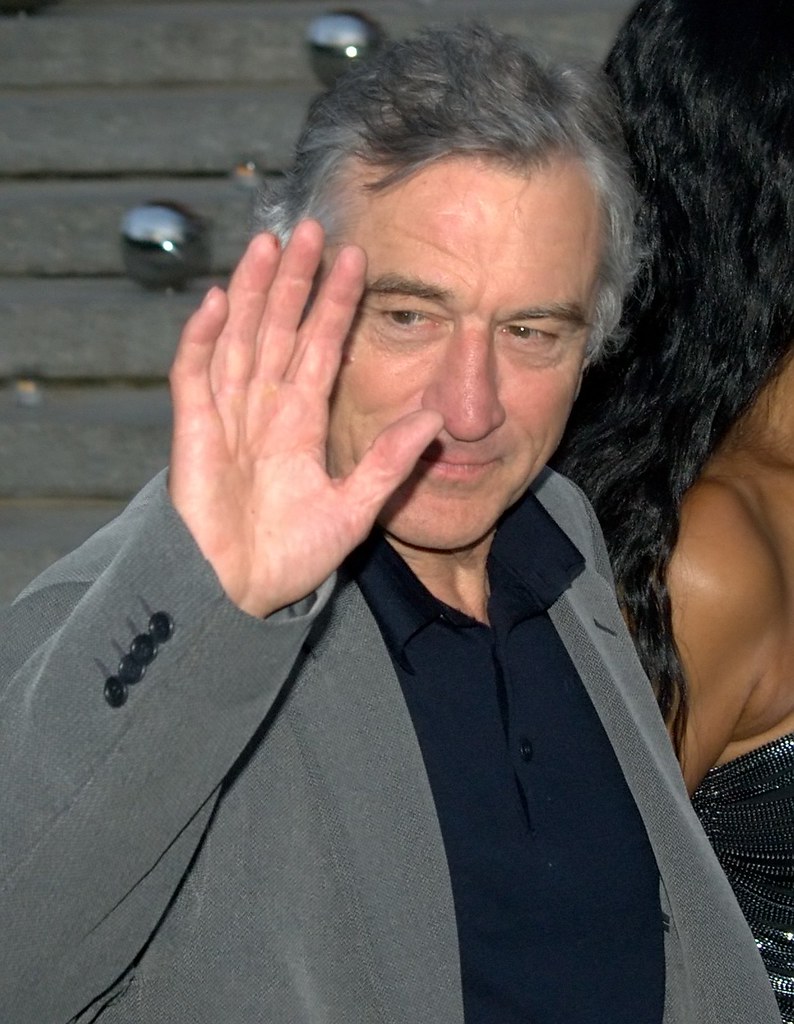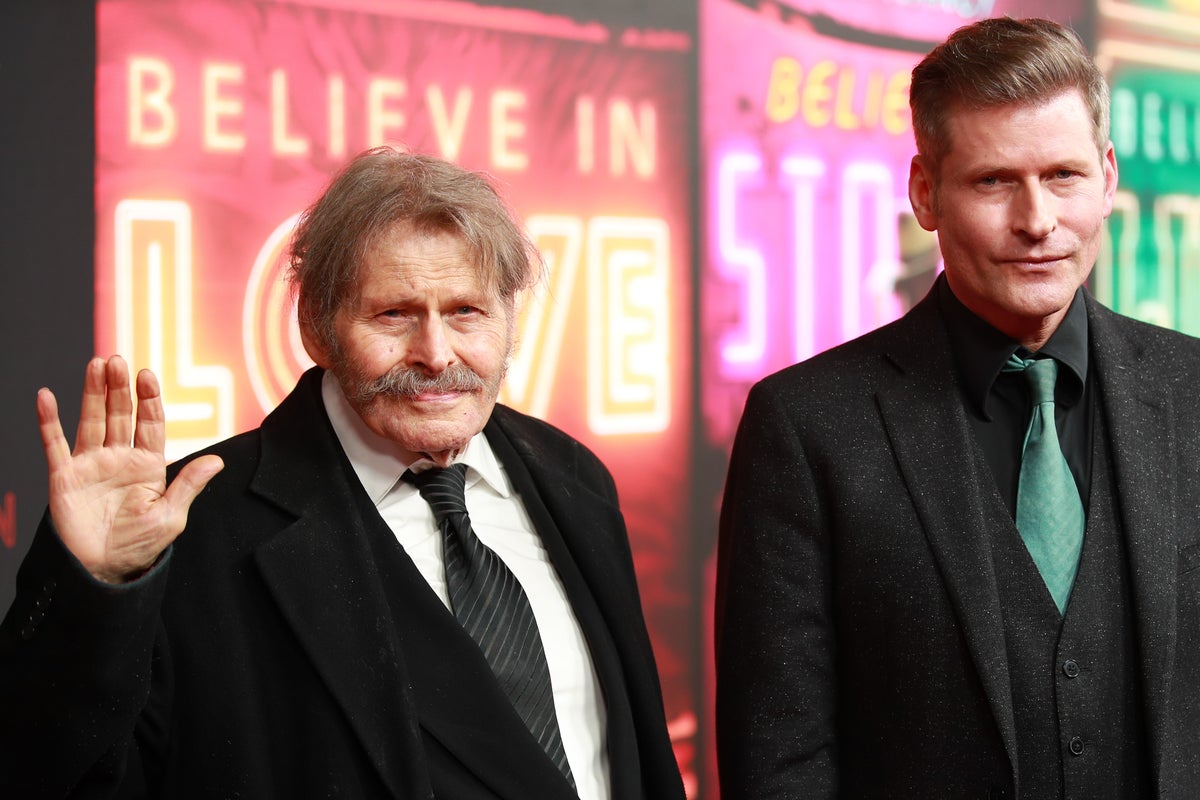
There’s an undeniable buzz that comes with the announcement of a new blockbuster, isn’t there? The whispers of an A-list cast, the tantalizing glimpse of a director’s vision, the sheer promise of an adrenaline-pumping, popcorn-worthy spectacle. For film fans, it’s the stuff dreams are made of, a calendar marker for future excitement. We eagerly anticipate the next big explosion, the next daring escape, the next hero’s journey that will transport us far from our mundane realities. It’s a collective dream that fuels the entire movie industry.
But here’s the kicker: not every grand cinematic vision makes it past the finish line. For every box office smash that lights up the screen, there’s a graveyard of incredible projects that, for one reason or another, simply fizzled out. Sometimes, production halted after just a few days of shooting. Other times, cameras never even rolled, despite millions already spent and legendary talent attached. It’s a bittersweet thought, imagining the epic adventures, the nail-biting thrills, and the unforgettable characters that exist only in concept art and discarded scripts.
So, why do these cinematic dreams die? The reasons are as varied and dramatic as the films themselves: financial woes, creative clashes, scheduling nightmares, or even unforeseen real-world events. Today, we’re taking a deep dive into some of the most fascinating ‘what ifs’ from the action genre – those high-octane movies we’ll tragically never get to see. Get ready to explore the tantalizing tales of these lost blockbusters, because trust us, these stories are almost as good as the films themselves would have been.

1. **Superman Lives (1998): The Man of Steel’s Flightless Fantasy**Imagine a Superman film from the mind of Tim Burton, starring the incomparable Nicolas Cage as Clark Kent. Sounds wild, right? Well, in the late 1990s, this was a very real, very expensive possibility that had fans of both the Caped Crusader (okay, wrong hero, but Burton did Batman!) and eccentric actors utterly buzzing. This particular incarnation of the Man of Steel was meant to go before the cameras in 1998, promising a fresh, undoubtedly quirky take on the iconic hero. It was an ambitious project that garnered significant hype, making its eventual collapse all the more painful for those who dreamed of its unique vision.
Beyond Burton and Cage, the potential cast was nothing short of astonishing. Chris Rock was reportedly lined up to play Jimmy Olsen, bringing his signature comedic timing to the Daily Planet’s cub reporter. Sandra Bullock was eyed for the role of Lois Lane, offering a compelling dynamic with Cage’s Superman. And if that wasn’t enough to pique your interest, Christopher Walken was slated to portray the villainous Brainiac, a choice that promised a truly unnerving and memorable antagonist. With such a stellar and unexpected ensemble, what truly was not to like about this potential superhero spectacle?
Sadly, despite the immense talent and colossal budget, the film suffered from a litany of production issues and what seemed like an endless cycle of script rewrites. Warner Bros. eventually, and perhaps inevitably, pulled the plug on the project just weeks before shooting was set to begin. This decision came even after the studio had already sunk an eye-watering $30 million (£23.2m) into costumes, elaborate set designs, and promotional material that would now never see the light of day. It was a massive financial blow and a creative heartbreak for everyone involved.
For those still haunted by the specter of what might have been, the story doesn’t end entirely there. The enduring fascination with this unmade film eventually led to a documentary, appropriately titled “The Death Of Superman Lives: What Happened?,” which was released in 2015. This fascinating deep dive into the project’s troubled history can still be found on YouTube, offering a glimpse into the bizarre and brilliant vision that almost became a cinematic reality. It allows curious minds to explore the detailed planning, the incredible designs, and the numerous hurdles that ultimately grounded this particular Superman before he could even take flight.
2. **Justice League: Mortal (2007–2008): Miller’s DC Universe That Almost Was**Before the current DCEU and even before Zack Snyder’s ambitious vision, there was George Miller. Yes, the visionary director behind the ‘Mad Max’ saga, a man synonymous with groundbreaking action and immersive worlds, almost helmed a live-action adaptation of the animated series ‘Justice League Unlimited’ in 2007. Just let that sink in for a moment: the mastermind of visceral, practical action sequences, bringing the iconic DC superhero team to life on the big screen. It’s a thought that still sends shivers down the spines of comic book movie fans, imagining the sheer scale and intensity he could have brought to the project.
Miller wasn’t just dabbling; he was in deep pre-production, assembling a cast that, in hindsight, looks like a bold and exciting alternative universe version of the Justice League. Armie Hammer was cast as Batman, offering a fresh, imposing take on the Dark Knight. D.J. Cotrona was tapped to play Superman, with Megan Gale set to embody Wonder Woman, promising a powerful on-screen presence. The speedster role of The Flash went to Adam Brody, while Common was chosen for Green Lantern, bringing an unexpected gravitas. Santiago Cabrera was Aquaman, and Jay Baruchel was to portray the formidable Maxwell Lord, the film’s primary antagonist. This diverse and talented group had already begun intensive training for their roles, physically and mentally preparing to become these larger-than-life heroes and villains.
However, the gears of destiny, or rather, Hollywood, grind in mysterious ways. Filming, originally slated to begin in February 2008, was tragically postponed. The culprits? A combination of script and budget issues that plagued the production, exacerbated by the crippling 2007–08 Writers Guild of America strike, which brought much of Hollywood to a standstill. But perhaps the most impactful reason was Warner Bros.’ internal decision to reconsider their approach to the DC universe. With Christopher Nolan’s ‘The Dark Knight’ in post-production and poised to redefine superhero cinema with its gritty realism, the studio grew wary of having another, potentially conflicting, live-action Batman on screen concurrently. This strategic pivot ultimately sealed the fate of Miller’s ambitious project.
The cancellation of ‘Justice League: Mortal’ left a significant void, particularly for fans who longed for a more cohesive and grand-scale DC cinematic universe. It represented a missed opportunity to see a master storyteller’s unique interpretation of these beloved characters. While the current DC landscape has evolved considerably since then, the echoes of Miller’s unmade film continue to resonate. It remains one of the most tantalizing ‘what ifs’ in superhero movie history, a testament to the fact that sometimes, even the most perfect storms of talent and timing can be derailed by the unpredictable currents of the film industry.

3. **Gambit (2014–2019): Channing Tatum’s Card-Slinging Stint**For years, Channing Tatum was synonymous with the X-Men character Gambit, a smooth-talking, card-throwing mutant with a charming Cajun accent. The idea of Tatum bringing the kinetic energy and roguish charm of Remy LeBeau to the big screen was incredibly appealing to fans, and for a long time, it seemed like a sure thing. Pre-production on a film centered around the Marvel Comics character began way back in 2014, sparking widespread excitement for what could have been a distinctive addition to the superhero genre. It was a project that lingered in development hell for an unusually long period, building anticipation and then slowly, agonizingly, chipping away at it.
This wasn’t just a casual consideration; Tatum was firmly attached to the lead role, and the project cycled through a veritable who’s who of directorial talent. Rupert Wyatt, known for ‘Rise of the Planet of the Apes’, was initially on board. He was followed by Doug Liman, celebrated for his work on ‘Edge of Tomorrow’ and ‘The Bourne Identity’, promising a gritty and action-packed vision. Even Gore Verbinski, the creative force behind the original ‘Pirates of the Caribbean’ trilogy, flirted with the director’s chair. This revolving door of acclaimed filmmakers highlighted the project’s potential, as well as its inherent difficulties in finding a consistent creative path.
The film was repeatedly scheduled to begin production, with New Orleans, a city rich in the kind of atmosphere perfect for Gambit’s Ragin’ Cajun roots, often cited as the primary filming location. Each announcement brought a renewed surge of hope among fans, only for it to be dashed as delays continued to mount. The constant rescheduling and changes in leadership spoke volumes about the underlying challenges the film faced, whether it was script issues, budget constraints, or a shifting studio landscape.
Ultimately, after years of development, false starts, and creative reshuffling, the project was finally cancelled by Disney in 2019. It was a quiet end to a saga that had played out publicly for half a decade, leaving many to wonder what kind of unique, character-driven superhero film it could have been. The loss of ‘Gambit’ highlights the fragile nature of even the most promising film projects, especially when dealing with the complexities of adapting beloved comic book characters within a rapidly evolving cinematic universe. It reminds us that sometimes, even with a passionate star and a popular character, the pieces just don’t align.
4. **Silver & Black (2017–2018): Marvel’s Lost Female Team-Up**In a cinematic landscape that’s increasingly clamoring for diverse and compelling female-led action stories, the cancellation of ‘Silver & Black’ felt like a particularly tough blow. This planned film was set to feature two intriguing Marvel characters, Silver Sable and Black Cat, in what promised to be a dynamic team-up. With Gina Prince-Bythewood, known for her impactful work on ‘Love & Basketball’ and later ‘The Old Guard’, attached to direct, there was a palpable sense of excitement for a sophisticated, action-packed narrative driven by strong women. It was poised to be a significant moment, showcasing a different corner of the Marvel universe with a fresh perspective.
The concept alone was thrilling: two anti-heroines, one a mercenary and the other a master thief, forced to collaborate. It hinted at intricate plots, high-stakes heists, and intense combat sequences, all brought to life by a director with a proven track record of crafting compelling character arcs. The intention was to delve into the complex morality and formidable skills of these often-underutilized comic book figures. Fans were eager to see how Prince-Bythewood would balance the gritty realism with the inherent fantastical elements of a superhero-adjacent story, creating a unique tone for the film.
However, despite the promising premise and strong directorial choice, the film encountered significant roadblocks during its pre-production phase. Filming, which was initially expected to commence in March 2018, was delayed indefinitely. The core reason for this stoppage was reported to be the director herself; Prince-Bythewood was simply not satisfied with the script. This demonstrates a commendable commitment to quality, as she prioritized the integrity of the story over simply pushing forward with a subpar screenplay, a decision not always made in Hollywood.
The struggle to perfect the script proved insurmountable, and ultimately, the project was officially cancelled in August 2018. While it’s always disappointing when a promising film doesn’t come to fruition, especially one with such potential for groundbreaking representation, Prince-Bythewood’s dedication to a strong narrative is a silver lining. It leaves us to wonder what brilliant, uncompromised story she might have told, and reminds us that sometimes, creative differences or the inability to achieve a desired vision are the quiet killers of even the most anticipated cinematic ventures. The absence of ‘Silver & Black’ remains a poignant reminder of the stories we almost saw, stories that could have significantly impacted the superhero genre.

5. **Dune (1974–1976): Jodorowsky’s Psychedelic Sci-Fi Epic**Before David Lynch’s 1984 adaptation and Denis Villeneuve’s acclaimed recent films, there was Alejandro Jodorowsky’s ‘Dune’. And oh, what a ‘Dune’ it would have been! Jodorowsky, the Chilean-French surrealist filmmaker, embarked on a truly legendary, almost mythical quest in the mid-1970s to bring Frank Herbert’s seminal sci-fi novel to the screen. He spent two intense years developing his vision, a period that would later become the subject of a highly celebrated documentary, ‘Jodorowsky’s Dune’, released in 2013. His approach was not just ambitious; it was an artistic odyssey, aiming to create a film that would be a profound spiritual experience, less a movie and more a ‘prophet’ that would change young minds.
Jodorowsky’s creative process for ‘Dune’ was characterized by an almost fantastical assembly of talent, blending Hollywood stars with artistic luminaries. The proposed cast was nothing short of mind-boggling: David Carradine was approached to play Duke Leto Atreides, and Geraldine Chaplin was set for Lady Jessica. But it got even wilder. Orson Welles, the legendary filmmaker and actor, was cast as the corpulent villain Baron Vladimir Harkonnen. The eccentric surrealist artist Salvador Dalí was tapped to play Emperor Shaddam IV, reportedly demanding an astronomical sum per minute of screen time. Adding to the eclectic mix, Amanda Lear was cast as Princess Irulan, Gloria Swanson as Gaius Helen Mohiam, and the rock icon Mick Jagger as Feyd-Rautha. Jodorowsky’s own son, Brontis, was to portray the protagonist, Paul Atreides, undergoing years of martial arts training for the role. This was a cast that transcended conventional filmmaking, aiming for a truly avant-garde spectacle.
The project’s ambition, however, became its undoing. Jodorowsky’s vision was so grand, so sprawling, and so utterly unconventional that it proved impossible to finance within the commercial confines of 1970s Hollywood. His storyboard alone, a massive tome of thousands of detailed illustrations by artists like Moebius and H.R. Giger, was a work of art in itself, but it failed to convince studios to commit the gargantuan budget required for his epic. The film would have been 10 to 14 hours long, a concept utterly unheard of for the time.
Ultimately, despite the two years of intensive pre-production, the project was abandoned in 1976. Jodorowsky’s ‘Dune’ remains arguably the greatest film never made, a testament to unchecked artistic vision and the cruel realities of financial limitations in cinema. It’s a compelling narrative of creative genius clashing with industrial constraints, leaving behind an indelible legend in film history. The story of its demise, as chronicled in the documentary, is a fascinating look into the dreams and disappointments that shape the art of filmmaking, reminding us that sometimes the most brilliant ideas are simply too big for the world they inhabit.

6. **The Prometheus Crisis/Meltdown (1973–1997): Nuclear Thrills That Fizzled**Few things are as inherently thrilling as a ticking clock and a catastrophic disaster, and ‘The Prometheus Crisis’ or ‘Meltdown’ promised both in spades. This project began as a disaster film in the classic 1970s mold, centering on a terrifying meltdown at a newly built nuclear power station. It was based on a novel by Frank M. Robinson and Thomas N. Scortia, two of the very authors responsible for ‘The Towering Inferno’, a benchmark of the disaster genre. The initial concept for Paramount was a high-stakes, nerve-wracking cinematic experience, tapping into the anxieties of the nuclear age with a blockbuster sensibility.
However, the film underwent a significant creative transformation when the master of horror, John Carpenter, became involved. His script, retitled ‘Meltdown’, veered away from pure disaster into a straight-up horror film. Carpenter himself described it as “kind of Halloween in a nuclear power plant,” a chilling premise that promised his signature blend of suspense, claustrophobia, and escalating dread. This shift would have offered a unique, visceral experience, merging the high-stakes environment of a nuclear facility with the primal fears of a slasher or creature feature, a true Carpenteresque twist on a disaster plot.
The project, in its various iterations, came tantalizingly close to production on multiple occasions. In 1994, it was almost made with action star Dolph Lundgren in the lead, suggesting a more action-oriented horror-thriller hybrid. Then, in 1997, it nearly went forward again with Casper Van Dien, another actor known for his roles in genre films. The involvement of these stars hints at the kind of intense, physical challenges and heroic struggles that would have been central to the narrative, providing ample opportunity for explosive sequences and edge-of-your-seat moments. But, despite these promising attachments and the significant development efforts, the film fell through both times, leaving behind only the blueprints of potential terror.
The repeated failures to bring ‘The Prometheus Crisis/Meltdown’ to the screen are a testament to the unpredictable nature of filmmaking. Whether it was financial hurdles, creative conflicts, or the ever-shifting preferences of studios, this nuclear nightmare never quite found its footing. It stands as a powerful example of a concept that resonated across different genres and with various talents, yet ultimately remained unrealized. For fans of high-tension thrillers and Carpenter’s distinctive style, this unmade film remains a bittersweet curiosity, a ‘what if’ that could have delivered genuine chills and explosive action within the confines of a doomed power plant.
Alright, buckle up, because if you thought the first batch of unmade blockbusters was wild, we’re just getting started! The film industry is a fascinating, often heartbreaking, place where even the most incredible ideas, backed by legendary talent, can simply vanish. In this second act, we’re diving deeper into the cinematic graveyard, unearthing seven more lost action epics, war dramas, and intense thrillers that could have – and should have – blown us away. Get ready to explore the unique challenges and bizarre circumstances that kept these promising projects from ever gracing the silver screen.

7. **Nostromo (1991): Lean’s Grand South American Epic**From the unparalleled master of epic cinema, David Lean, director of ‘Lawrence of Arabia’ and ‘Doctor Zhivago’, came ‘Nostromo’ – a project that promised to be another sprawling masterpiece. Based on Joseph Conrad’s classic 1904 novel, this film was set to transport audiences to the fictitious South American republic of Costaguana, immersing them in a tale of political intrigue, revolution, and grand human drama. The very idea of Lean tackling such a rich, complex narrative was enough to set cinephiles’ hearts aflutter.
Lean was deep into pre-production in his final years, assembling an absolutely breathtaking cast that included the likes of Marlon Brando, Paul Scofield, Peter O’Toole, Christopher Lambert, Dennis Quaid, and Isabella Rossellini. Even Steven Spielberg was initially on board to produce, a testament to the project’s monumental appeal and perceived potential. This was more than a film; it was an event, a cinematic journey meticulously planned by one of history’s greatest storytellers.
However, the road to Costaguana proved tragically insurmountable. After several rewrites and disagreements on the script, Spielberg left the project, replaced by Serge Silberman. Lean eventually took on writing duties himself with assistance, but ultimately, the greatest hurdle was fate itself. With a whopping budget of $46 million and just six weeks away from filming, Lean tragically passed away.
His death brought an abrupt and sorrowful end to the project. Though rumors circulated that John Boorman might take over, the production inevitably collapsed. ‘Nostromo’ stands as a poignant reminder of Lean’s enduring vision and the sheer scale of the historical epics we lost with his passing – an unmade film that would have undoubtedly redefined the genre for a new generation. We can only dream of the vistas and performances that might have been.

8. **Stanley Kubrick’s Napoleon (1960s): The Ultimate Unmade Masterpiece**When we talk about ‘what ifs’ in cinema, Stanley Kubrick’s ‘Napoleon’ almost always tops the list. This wasn’t just a film project; it was an obsession for the legendary director of ‘2001: A Space Odyssey’ and ‘Dr. Strangelove’. Kubrick dedicated years in the late 1960s to planning an epic biopic of the French general, aiming to cover Napoleon’s entire life from boyhood to death. His research was legendary, encompassing everything from reading every book written about Napoleon to meticulously scouting locations and amassing reams of notes.
The scope was breathtaking. Kubrick envisioned an unprecedented spectacle, involving tens of thousands of real soldiers for battle scenes and an immense historical tapestry. He even had actors in mind, with David Hemmings considered for Napoleon and the iconic Audrey Hepburn for Josephine. This was a film designed to be the definitive historical epic, a cinematic achievement that would push the boundaries of filmmaking and immersion.
But alas, the sheer ambition of ‘Napoleon’ was its undoing. Filming never even got off the starting blocks. The projected cost of such a massive undertaking, particularly the expense of location shooting across Europe, was deemed prohibitive by MGM. To add insult to injury, another large-scale Napoleon epic, 1970’s ‘Waterloo’, failed at the box office, making studios even more wary of the subject matter.
So, despite Kubrick’s unparalleled preparation and vision, his ‘Napoleon’ was cancelled in 1970. It remains perhaps the most famous film never made, a tantalizing glimpse into a cinematic universe that was just too grand for its time. The dream, however, hasn’t completely died: HBO announced plans in 2016 to turn his script into a miniseries. As of 2025, it’s still yet to surface, but we live in hope for a different kind of resurrection for this epic tale!

9. **Leningrad: The 900 Days (Late 1980s): Leone’s Last War Epic**Sergio Leone, the maestro behind the ‘Dollars Trilogy’ and the breathtaking ‘Once Upon a Time in America’, had one last grand vision he desperately wanted to bring to the screen: ‘Leningrad: The 900 Days’. After his iconic American saga, Leone dedicated the rest of his life to meticulously preparing this epic war film, set during the horrific Siege of Leningrad in World War II. The thought of Leone’s signature sweeping visuals and character-driven intensity applied to such a brutal, human story is truly goosebump-inducing.
The project was poised to be an international powerhouse. Robert De Niro, fresh from his collaborations with Leone and Scorsese, was attached to play an American journalist trapped inside the besieged city. This promised a deeply personal and harrowing perspective on one of history’s most devastating sieges, seen through the eyes of a seasoned, empathetic performer. The collaboration between these two titans of cinema would have been legendary, a fitting capstone to Leone’s illustrious career.
Leone was incredibly close to making his dream a reality. He had successfully raised an astounding $100 million in funding, a colossal sum for the late 1980s, indicating the project’s immense scale and potential. He had even engaged in detailed discussions with the Soviet government regarding location filming, demonstrating his commitment to authenticity and his ability to navigate complex political landscapes for his art.
Tragically, just as production was set to begin in earnest, Leone died of a heart attack. His passing in 1989 left ‘Leningrad: The 900 Days’ unmade, a cinematic ghost of what could have been. It’s a profound loss, a reminder that some stories are simply too immense, or perhaps too cursed, to ever fully materialize. Leone’s vision of an American journalist amidst the unfathomable suffering and resilience of Leningrad remains one of the most heartbreaking ‘what ifs’ in war cinema.

10. **Pinkville (2007–2010): Oliver Stone’s Unflinching War Drama**Oliver Stone, a director synonymous with powerful and often controversial takes on American history and conflict, was set to tackle one of the Vietnam War’s darkest chapters: the My Lai massacre. His planned film, ‘Pinkville’, announced in August 2007, promised a raw, dramatized account of this horrific event. With Stone at the helm, audiences could expect a deeply impactful, unflinching, and thought-provoking exploration of military ethics, morality, and the human cost of war.
The casting for ‘Pinkville’ was equally compelling. Bruce Willis, Channing Tatum, and Woody Harrelson were announced in lead roles, suggesting a powerful ensemble bringing gravitas and intensity to the narrative. The combination of Stone’s directorial vision and these strong performers would have undoubtedly created a searing cinematic experience, echoing the critical success and emotional resonance of his earlier war films like ‘Platoon’ and ‘Born on the Fourth of July’.
However, the film’s trajectory was derailed by one of Hollywood’s most significant labor disputes. In November 2007, the project was postponed by its distributor, United Artists, in the wake of the devastating 2007–08 Writers Guild of America strike. This widespread industry stoppage brought many productions to a grinding halt, and ‘Pinkville’ was unfortunately among its casualties.
By January 2008, the project was officially cancelled. While Stone later reportedly discussed reviving ‘Pinkville’ with Shia LaBeouf in 2010, it never came to fruition. This unmade film remains a testament to the unforeseen challenges that can plague even the most crucial and timely cinematic endeavors, reminding us that sometimes, the stories that need to be told the most are the ones that struggle the hardest to find their voice on screen.
And there you have it, another collection of cinematic dreams that tragically never saw the light of day. From epic historical sagas led by legendary directors to intense thrillers and action-packed adventures, the reasons for their demise are as varied and complex as the films themselves. Whether it was unforeseen financial hurdles, the cruel hand of fate, the shifting sands of Hollywood priorities, or creative differences, each unmade film leaves behind a poignant echo of what could have been. These stories remind us that while filmmaking is an art, it’s also a business, a delicate dance where even the grandest visions can be grounded before they ever truly take flight. It’s a bittersweet thought, but the tales of these lost blockbusters are almost as captivating as the movies they might have become, keeping their memory alive in the annals of cinema history. So, next time you’re waiting for that hotly anticipated release, spare a thought for the incredible films that almost made it, the ones we’ll simply never get to see.





